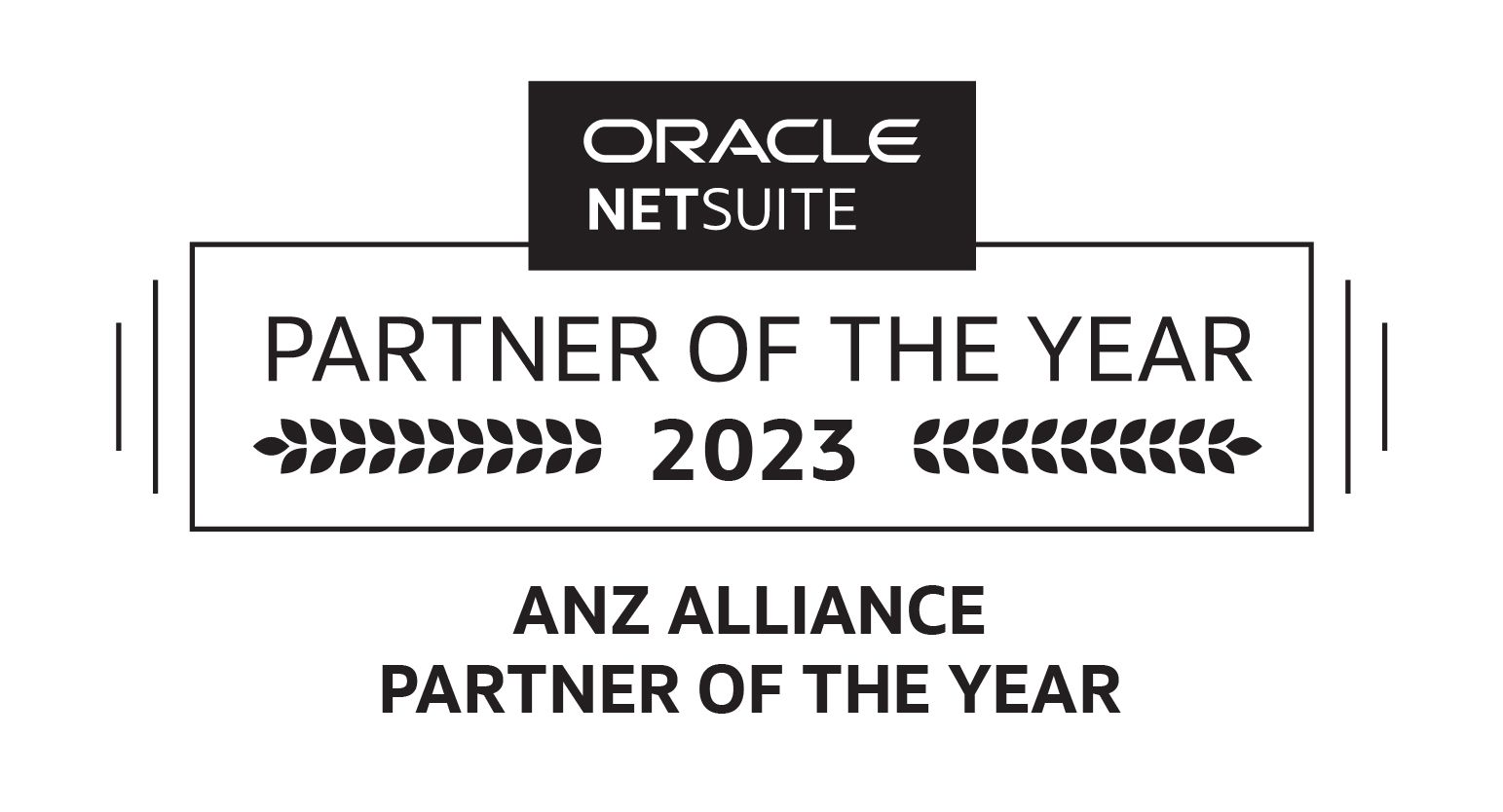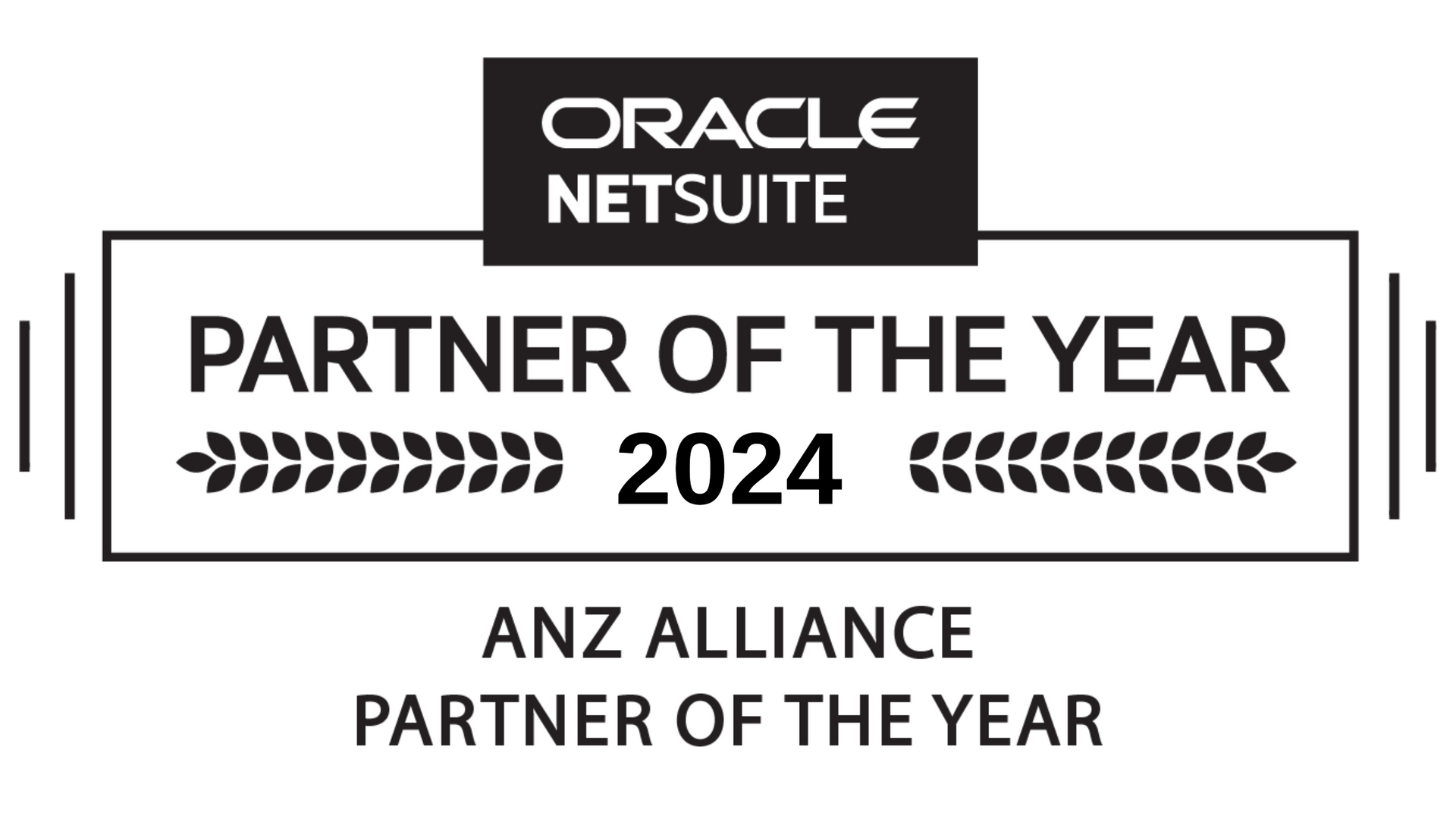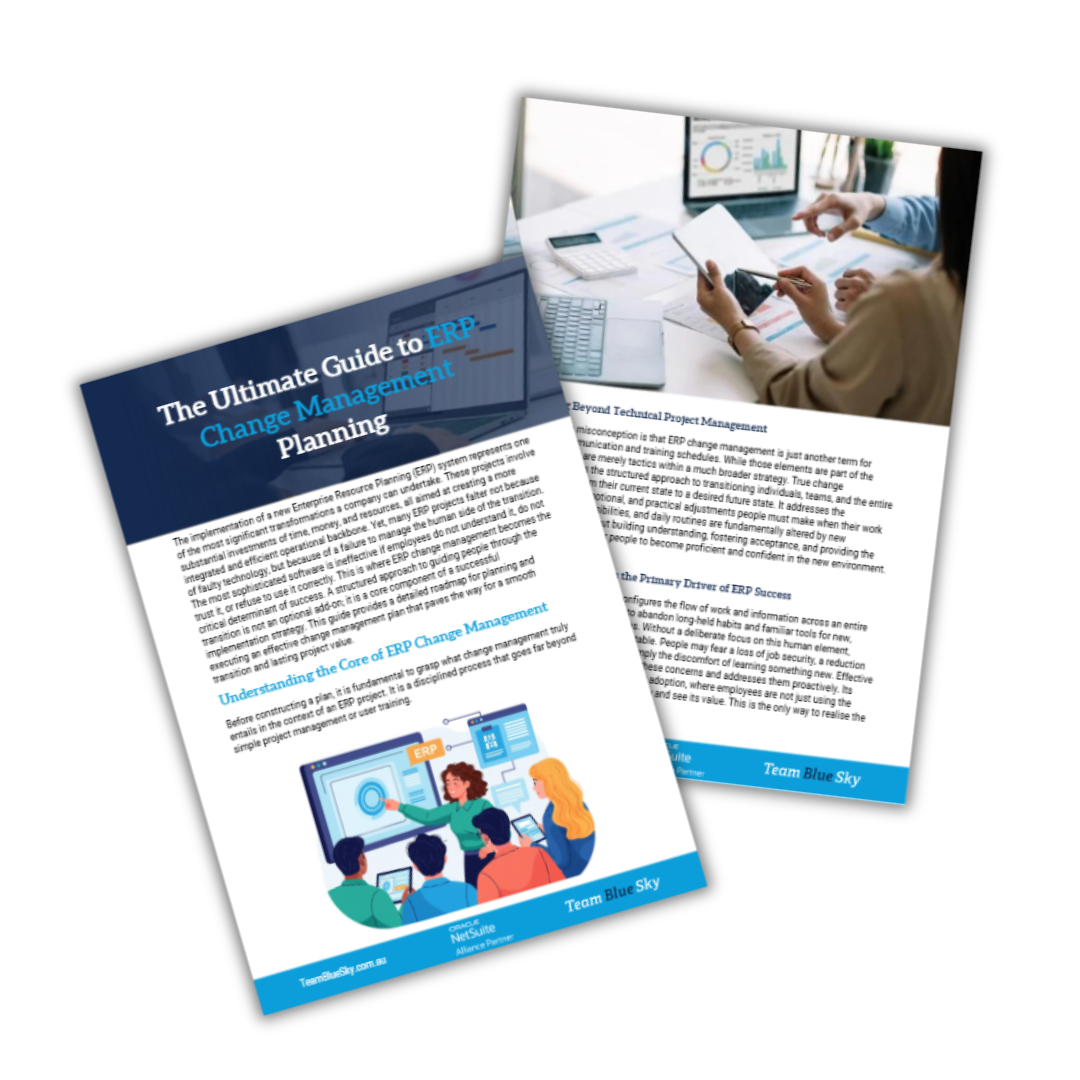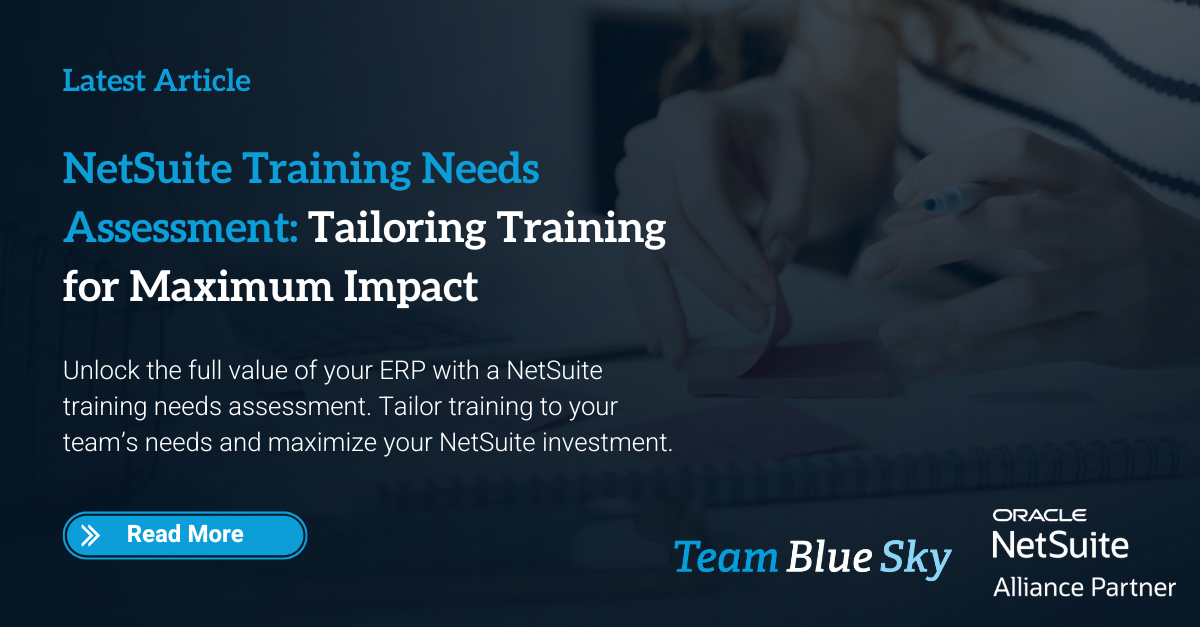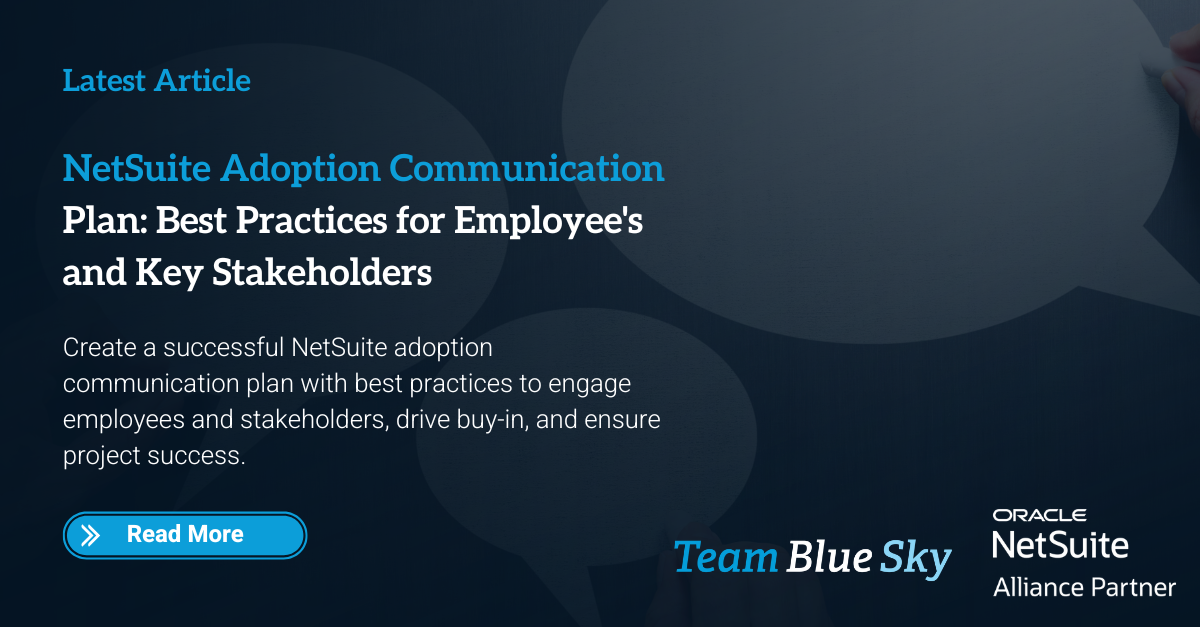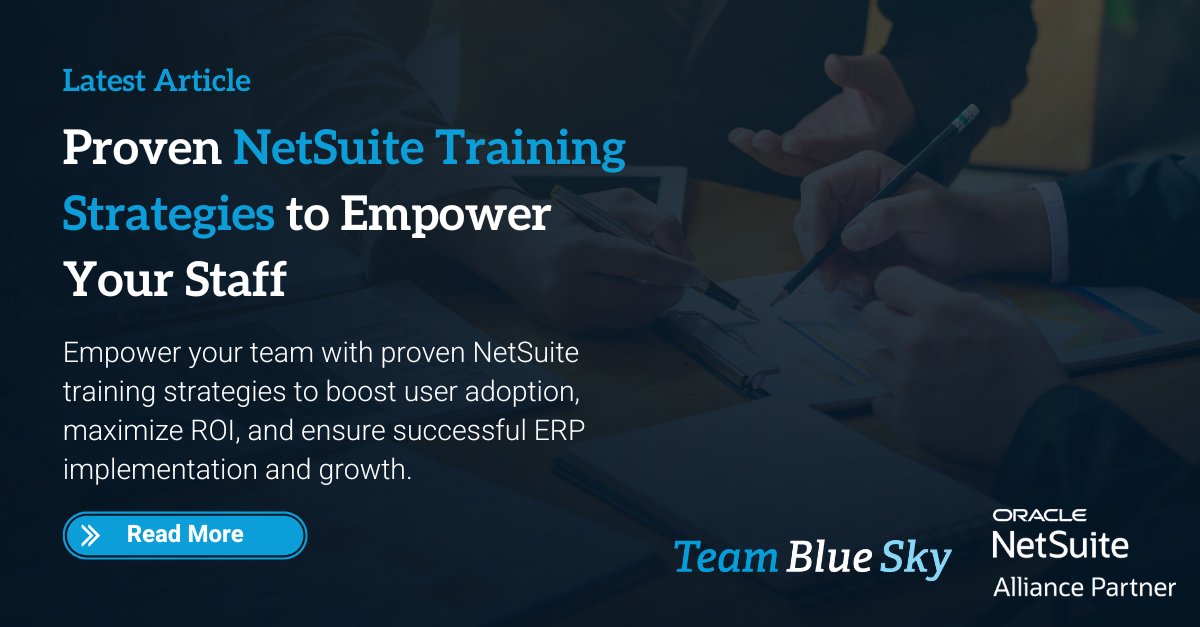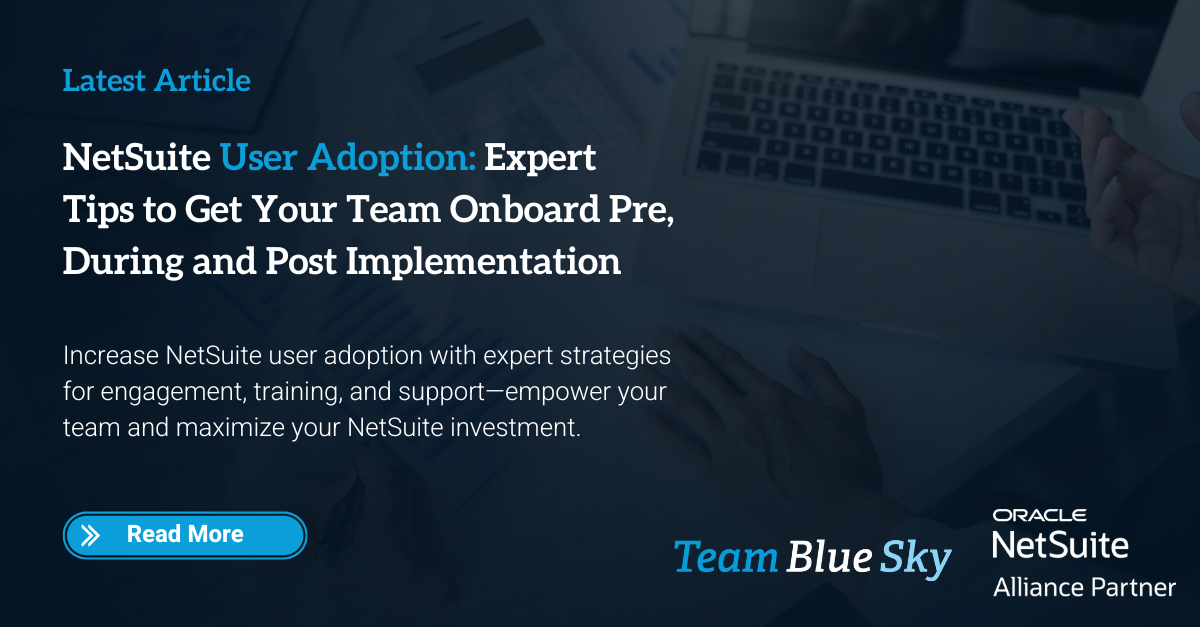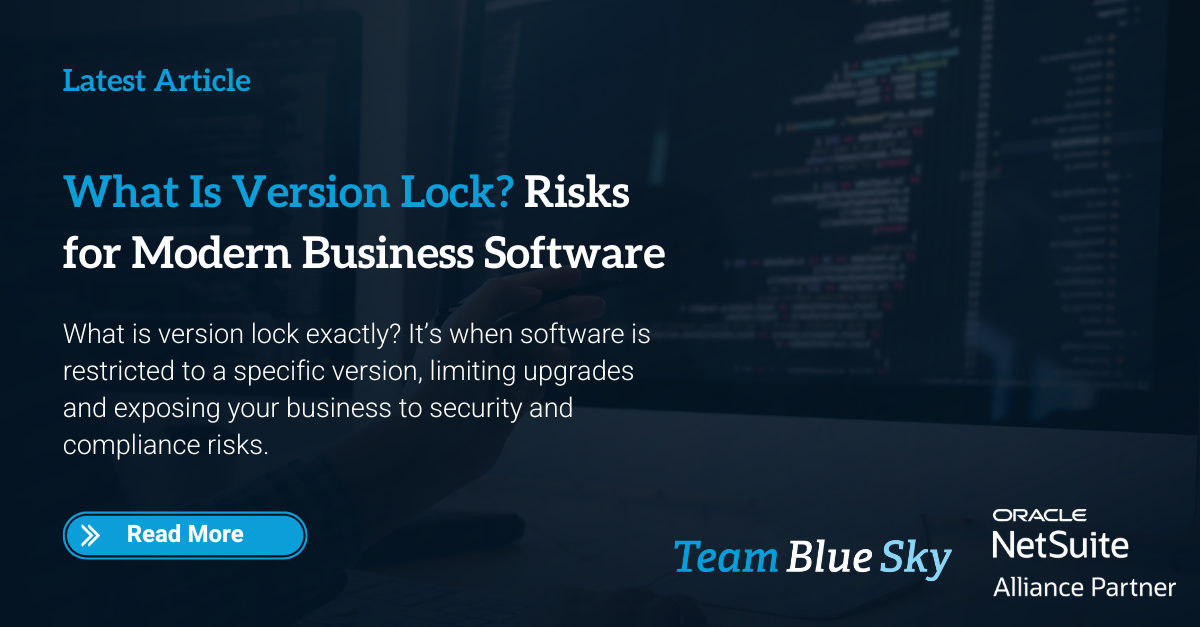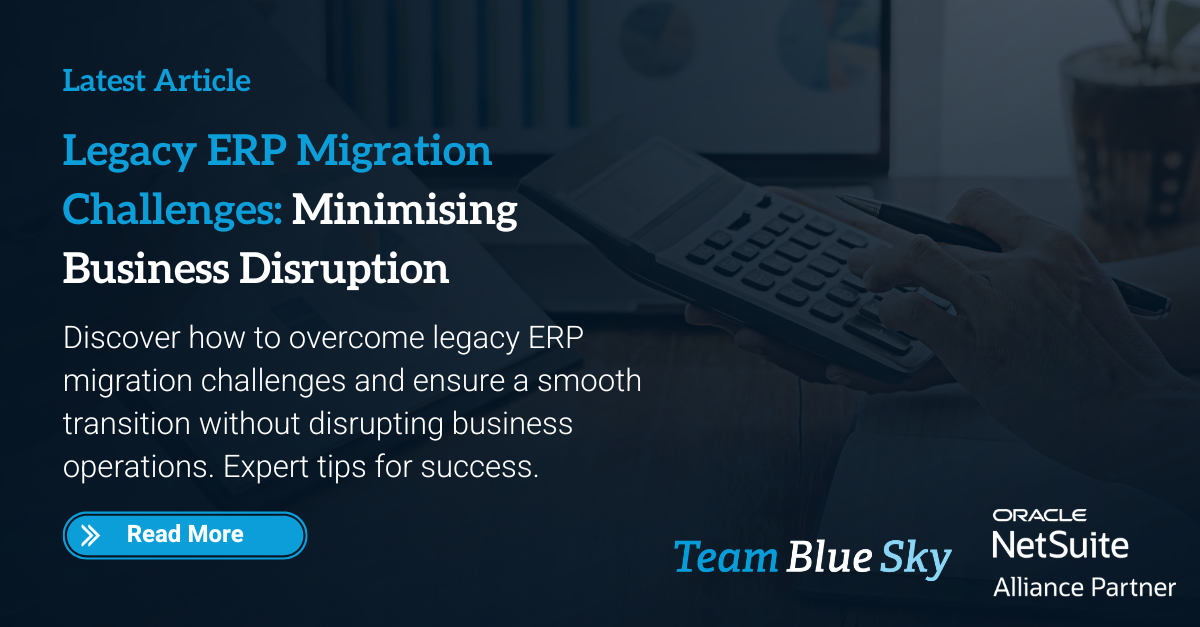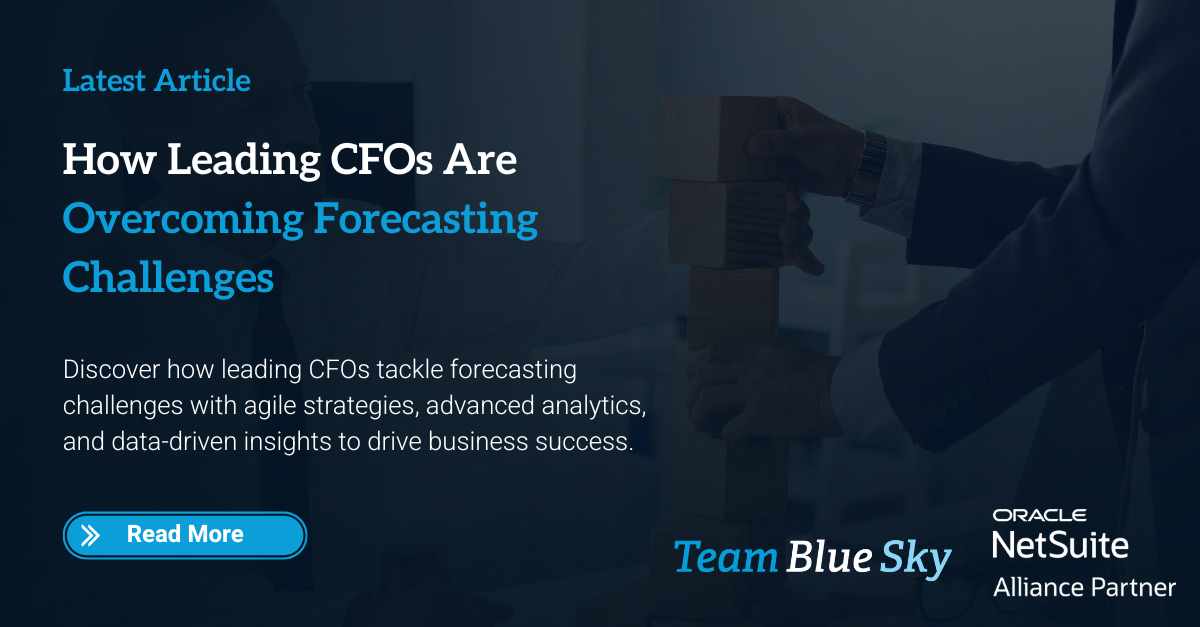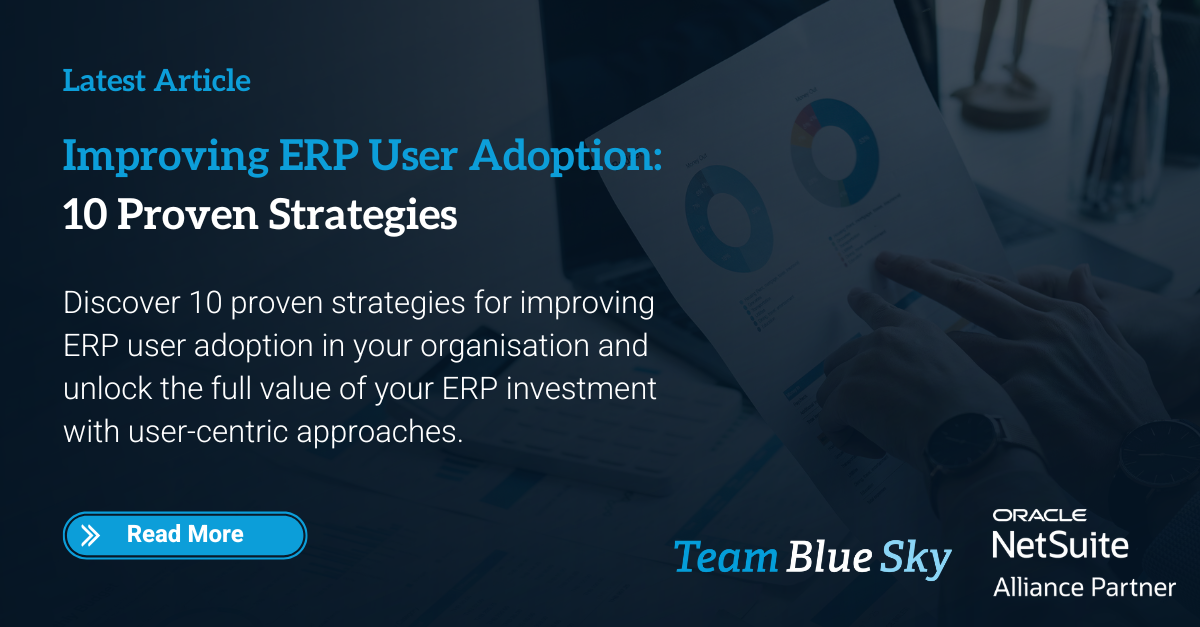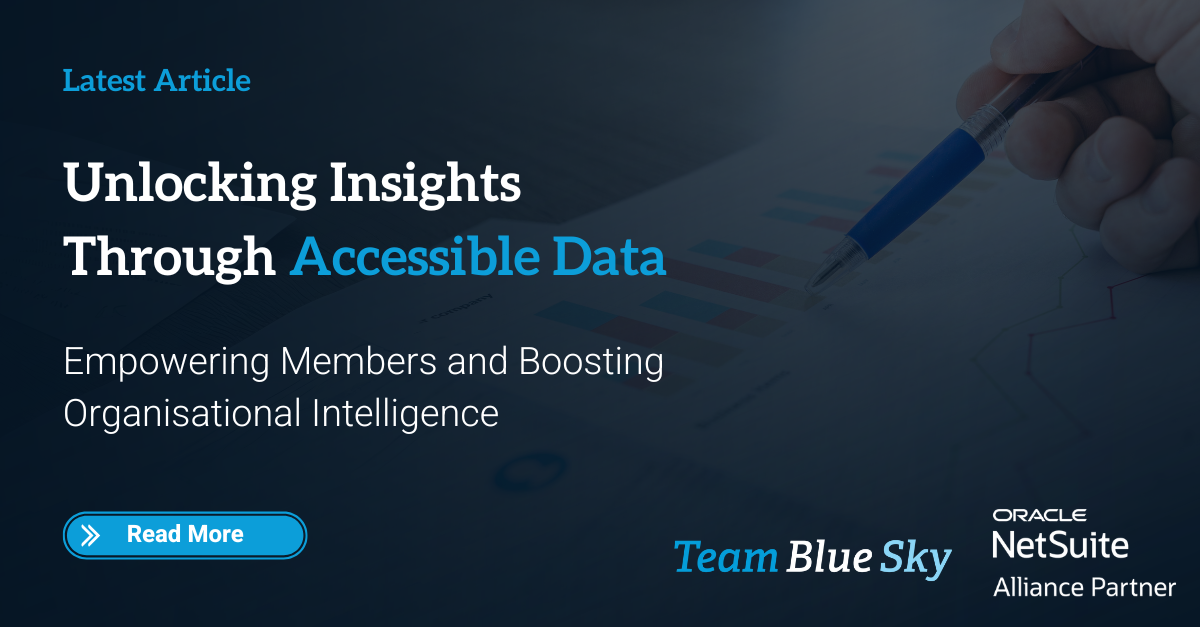The Ultimate Guide to ERP Change Management Planning
The implementation of a new Enterprise Resource Planning (ERP) system represents one of the most significant transformations a company can undertake. These projects involve substantial investments of time, money, and resources, all aimed at creating a more integrated and efficient operational backbone. Yet, many ERP projects falter not because of faulty technology, but because of a failure to manage the human side of the transition. The most sophisticated software is ineffective if employees do not understand it, do not trust it, or refuse to use it correctly. This is where ERP change management becomes the critical determinant of success. A structured approach to guiding people through the transition is not an optional add-on; it is a core component of a successful implementation strategy. This guide provides a detailed roadmap for planning and executing an effective change management plan that paves the way for a smooth transition and lasting project value.
Understanding the Core of ERP Change Management
Before constructing a plan, it is fundamental to grasp what change management truly entails in the context of an ERP project. It is a disciplined process that goes far beyond simple project management or user training.
Moving Beyond Technical Project Management
A common misconception is that ERP change management is just another term for project communication and training schedules. While those elements are part of the process, they are merely tactics within a much broader strategy. True change management is the structured approach to transitioning individuals, teams, and the entire organisation from their current state to a desired future state. It addresses the psychological, emotional, and practical adjustments people must make when their work processes, responsibilities, and daily routines are fundamentally altered by new technology. It is about building understanding, fostering acceptance, and providing the support necessary for people to become proficient and confident in the new environment.
The Human Factor as the Primary Driver of ERP Success
An ERP implementation reconfigures the flow of work and information across an entire business. It asks employees to abandon long-held habits and familiar tools for new, sometimes complex, processes. Without a deliberate focus on this human element, resistance is natural and predictable. People may fear a loss of job security, a reduction in their perceived expertise, or simply the discomfort of learning something new. Effective change management anticipates these concerns and addresses them proactively. Its primary goal is to achieve high user adoption, where employees are not just using the new system, but are using it correctly and see its value. This is the only way to realise the full potential of the ERP investment.
The High Cost of Neglecting Change Management
Underestimating the need for a formal change management plan is a frequent and costly error. The consequences are not minor setbacks; they can lead to the outright failure of the entire ERP project.
Direct Links to Low User Adoption and Project Failure
When employees are not guided through the transition, they often reject the new system. This can manifest as active resistance, where individuals openly refuse to use the software, or passive resistance, where they find workarounds to continue using old methods and spreadsheets. This behavior directly undermines the project's objectives. Data in the new ERP becomes incomplete or inaccurate, promised efficiencies never materialise, and the system fails to become the single source of truth it was intended to be. Ultimately, a project with low user adoption is a failed project, regardless of how well the technology was configured.
Severe Productivity Dips and Operational Disruption
A poorly managed transition inevitably leads to a significant drop in productivity. During and after the "go-live" phase, confused or untrained employees will struggle to perform their basic job functions. This creates operational bottlenecks, delays in fulfilling customer orders, and errors in financial reporting. The period of disruption, which should be a managed and temporary dip, can become a prolonged state of chaos. The monetary impact of this extended inefficiency, combined with the cost of fixing errors, can quickly escalate, adding a substantial and unplanned financial burden to the project.
Building the Foundation for Your Change Management Plan
A successful strategy is built upon a solid foundation. Before developing communication plans or training materials, several critical preparatory steps must be taken to align the organisation and understand the scope of the change.
Securing Executive Sponsorship and Leadership Alignment
Effective change cannot be delegated solely to the project team or human resources. It must be visibly and consistently championed from the very top of the organisation. Executive sponsors do more than approve budgets; they actively communicate the vision for the change, explain the business reasons behind the ERP project, and model the desired behaviours. Their unified and unwavering support sends a powerful message that the transition is a top priority for the business. This leadership alignment is the single most important factor in overcoming resistance and building momentum.
Conducting a Thorough Change Impact Assessment
You cannot manage what you do not understand. A change impact assessment is a detailed analysis to identify exactly who will be affected by the new ERP system and how their jobs will change. This process maps out the specific shifts in processes, roles, responsibilities, and required skills for every department and user group. The findings from this assessment are invaluable. They inform the content of communication, help tailor training programs to the specific needs of different groups, and allow the project team to anticipate where the most significant resistance is likely to occur.
Key Pillars of an Effective ERP Change Management Strategy
With a solid foundation in place, the focus shifts to developing the core components of the change management plan. These pillars work together to guide employees through the transition journey.
Developing a Comprehensive Communication Plan
Consistent, honest, and two-way communication is the lifeblood of change management. A communication plan should outline the key messages, target audiences, timing, and channels for all project-related information. It is not about overwhelming people with technical details. It is about answering the questions that are most important to them: Why are we doing this? What is in it for me? How will this affect my job? What is the timeline? Messages should be delivered repeatedly through various channels, and mechanisms must be established to gather feedback and answer questions, ensuring that employees feel heard and respected throughout the process.
Engaging Stakeholders and Building a Champion Network
A project team cannot manage change alone. A network of "change champions" should be established early in the project. These are typically respected and influential employees from various departments who are positive about the new ERP system. They act as an extension of the project team, providing a crucial link to their peers. Champions can help disseminate information, provide realistic feedback from the front lines, advocate for the project, and offer informal support to their colleagues. Their involvement helps build grassroots support and increases the credibility of the change effort.
Designing a Robust Training and Support Program
Training is a critical component, but it must be designed thoughtfully. A one-size-fits-all approach is rarely effective. The change impact assessment should be used to develop role-based training that focuses on the specific processes and tasks each user group will need to perform in the new system. Training should be hands-on, conducted just in time before go-live, and supplemented with easily accessible reference materials. Equally important is the post-go-live support plan. A dedicated help desk, floor support from super-users, and ongoing learning opportunities are necessary to help employees build confidence and proficiency after the initial launch.
Applying Formal Change Models and Practical Tools
To add structure and discipline to a change strategy, many organisations turn to established models and tools. These frameworks provide a repeatable process for managing the human side of change.
Implementing a Formal Change Management Model: ADKAR
The Prosci ADKAR model is a widely used framework that focuses on the five sequential building blocks an individual needs to achieve to make a change successfully. Applying this to an ERP project provides a clear roadmap for individual transitions.
Awareness of the Need for Change
The first step is ensuring every affected employee understands the business reasons for implementing the new ERP. This goes beyond a simple announcement. Leadership must clearly articulate the problems with the current state and the specific benefits the new system will bring to the organisation as a whole. This is the "why" behind the change. Communication should be direct and honest, addressing questions like "What is wrong with our current systems?" and "Why is this change necessary now?" Without this foundational understanding, employees will view the project as an unnecessary disruption.
Desire to Support the Change
Awareness does not automatically create a desire to participate. This stage is personal and focuses on answering the "What's in it for me?" (WIIFM) question for each individual. Change managers must work with department leaders to translate the high-level business benefits into tangible advantages for employees, such as reducing tedious manual data entry, providing better access to information, or creating opportunities for skill development. Desire is cultivated by highlighting these personal benefits, using incentives, and ensuring that managers are actively engaging with their teams to address concerns and build enthusiasm.
Knowledge on How to Change
This is the practical, educational phase of the model. Once employees understand the 'why' and have the desire to participate, they need the knowledge to do so. This involves comprehensive, role-based training that teaches them the new processes and the technical skills required to operate the ERP system. It is crucial that training is not just a theoretical overview but a hands-on experience that gives users a clear understanding of their future day-to-day tasks.
Ability to Implement New Skills
Knowing how to do something is different from being able to do it effectively in a live environment. The ability stage is about turning theoretical knowledge into practical competence. This is achieved through hands-on practice in a test environment, coaching from super-users or trainers, and immediate post-go-live support. The goal is to build user confidence and proficiency, ensuring that employees can perform their new tasks accurately and efficiently without constant assistance.
Reinforcement to Sustain the Change
Change is not a one-time event. After the initial implementation, there is a natural tendency for people to revert to old, familiar habits. Reinforcement is the crucial final step to make the change permanent. This involves a combination of positive feedback, public recognition of individuals and teams who are excelling with the new system, and aligning performance metrics and incentives with the new processes. Continuous reinforcement demonstrates that the new way of working is the standard and is here to stay.
Using Practical Tools and Templates
Several key documents can help organise and execute the change plan, turning strategy into manageable actions.
Stakeholder Analysis Matrix
A stakeholder analysis matrix is a powerful tool for prioritising engagement efforts. It involves mapping all stakeholders—from executives to end-users—on a two-by-two grid. The vertical axis represents their level of influence within the organisation, and the horizontal axis represents their level of interest or the degree to which they are impacted by the project. This segmentation allows the change team to tailor strategies. For example, high-influence, high-interest individuals (e.g., department heads) need to be managed closely as key partners, while low-influence, low-interest groups may only require general awareness communications.
Communication Plan Template
A communication plan template provides structure and consistency to all messaging. It is typically a spreadsheet or table with columns for "Target Audience," "Key Message," "Communication Channel" (e.g., email, town hall, newsletter), "Frequency," "Timeline," and "Sender/Owner." Filling out this template ensures that no stakeholder group is missed, that messages are tailored to be relevant for each audience, and that communications are timed effectively throughout the project lifecycle. It transforms communication from a series of ad-hoc announcements into a strategic campaign.
Change Management Risk Assessment
This tool is used to proactively identify and mitigate potential human-side risks to the project. It functions as a checklist or log where the team brainstorms potential obstacles to user adoption. Common risks include a lack of visible leadership support, ineffective or insufficient communication, inadequate training resources, unrealistic go-live expectations, and a failure to align employee performance incentives with the new processes. For each identified risk, the team should assess its potential impact and likelihood, and then develop a specific mitigation plan.
ERP Change Management RACI Matrix Template
To operationalise these roles and ensure clear accountability, a Responsibility Assignment Matrix (RACI) is an indispensable tool. It defines who is Responsible (does the work), Accountable (owns the work), Consulted (provides input), and Informed (is kept up-to-date) for each key change management activity. The following template can be adapted for any ERP implementation.
Change Management KPIs
To prove the value of change management and to manage the process effectively, success must be defined in measurable terms. Key Performance Indicators (KPIs) translate abstract goals like "user adoption" into concrete, trackable metrics. It is critical to establish a baseline for these KPIs before the implementation begins to accurately measure the impact of the change.
The following KPI dashboard provides a framework for tracking the health of the change initiative across three critical categories: user adoption, proficiency, and satisfaction.
This data-driven approach provides objective insights into the effectiveness of the change strategy. For example, a high volume of help desk tickets related to a specific module immediately after training is a clear, lagging indicator that the training for that module was insufficient or ineffective. This allows the change manager to intervene with targeted micro-learning or additional support, rather than guessing at the source of the problem.
Budgeting for ERP Change Management
A common mistake is to view change management as a "soft" activity with no dedicated budget. A properly funded plan is essential for success. As a general rule, businesses should allocate 10-15% of the total ERP project budget specifically to change management activities.
Dedicated Change Management Personnel
A significant portion of the budget must be allocated to the people who will lead the change effort. This includes the salary for an experienced change manager (or a team on larger projects) or the fees for hiring external change management consultants. These individuals are not project administrators; they are specialists in organisational psychology, communication, and training who will develop and execute the entire change strategy. Attempting to assign this role to an already overloaded project manager is a recipe for failure.
Communication and Engagement Activities
Effective communication is not free. The budget needs to cover the costs associated with creating high-quality communication materials, such as professionally produced videos, printed posters, and digital newsletters. It should also account for the logistics of engagement events like town hall meetings, departmental roadshows, and project milestone celebrations. These activities are vital for building awareness, generating excitement, and maintaining momentum throughout the project.
Training Program Development and Delivery
This is often one of the largest components of the change management budget. It includes funding for the entire training lifecycle: developing role-based training curricula, creating detailed user manuals and quick-reference guides, and building a dedicated training environment. The budget must also cover the logistical costs of delivering the training, which can include fees for professional trainers, the hire of training facilities, and potentially travel and accommodation costs for employees.
Reinforcement and Sustainment Programs
The budget must extend beyond the go-live date to support reinforcement activities. This includes funding for recognition programs, such as small rewards or awards for change champions and early adopters. It can also cover the cost of success celebration events to mark milestones in user adoption. These programs are critical for sustaining momentum and ensuring that the new ways of working become permanently embedded in the company culture.
Executing the Plan and Sustaining Momentum
The best-laid plans are meaningless without strong execution and a focus on making the change stick for the long term. The work of change management does not end when the system goes live.
Proactively Managing Resistance to Change
Resistance is a normal human reaction to change and should be anticipated, not punished. The change management plan should include strategies for identifying and addressing resistance constructively. This often involves one-on-one conversations with managers to understand the root causes of an individual's or group's concerns. By listening to their feedback and addressing legitimate issues, the project team can often turn resisters into supporters. Ignoring resistance allows it to fester and can poison the attitude of the wider organisation.
Measuring User Adoption and Gathering Feedback
To understand if the change is taking hold, it must be measured. Key metrics should be established to track user adoption rates, such as system login frequency, transaction volumes, and data accuracy. These quantitative measures should be combined with qualitative feedback from surveys and focus groups. This information provides a clear picture of what is working and what is not, allowing the project team to make targeted interventions, provide additional training where needed, and celebrate successes.
Reinforcing New Behaviours After Go-Live
Making the change permanent requires ongoing reinforcement. Leadership must continue to communicate the importance of the new system. Success stories should be shared publicly to highlight the benefits being achieved. Incentive and performance management systems should be aligned to encourage new ways of working. Without this continuous reinforcement, there is a significant risk that employees will gradually revert to their old habits, eroding the value of the ERP investment over time.
Conclusion: Change Management as a Continuous Discipline
Planning for ERP change management is not a phase in a project; it is a continuous discipline that determines the return on a massive technological investment. By treating the human transition with the same rigor and strategic focus as the technical configuration—supported by formal models, practical tools, and a dedicated budget—a business can navigate the complexities of an ERP implementation successfully. A well-executed plan mitigates risks, accelerates user adoption, and ensures that the new system delivers on its promise to create a more unified and effective organisation. The process begins with a commitment from leadership to invest in their people as much as they invest in their technology.

Henry Sack
General Manager

With over 12 years of experience as a NetSuite implementation consultant, Henry Sack leads TeamBlueSky’s team of NetSuite and accounting experts in his role of General Manager.
TeamBlueSky is a leading Australian
NetSuite Alliance Partner whose mission is to provide critical
NetSuite BPO and
Payroll services to NetSuite clients who are wanting to simplify their
back office processes and partner with a leading
NetSuite administration expert.
TeamBlueSky have also partnered with global Suite Developer Network partners to offer local solutioning, implementation and support services for global NetSuite SuiteApps.


